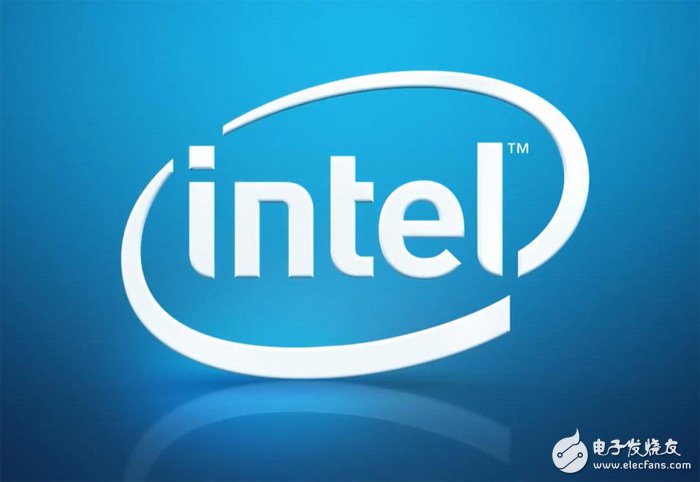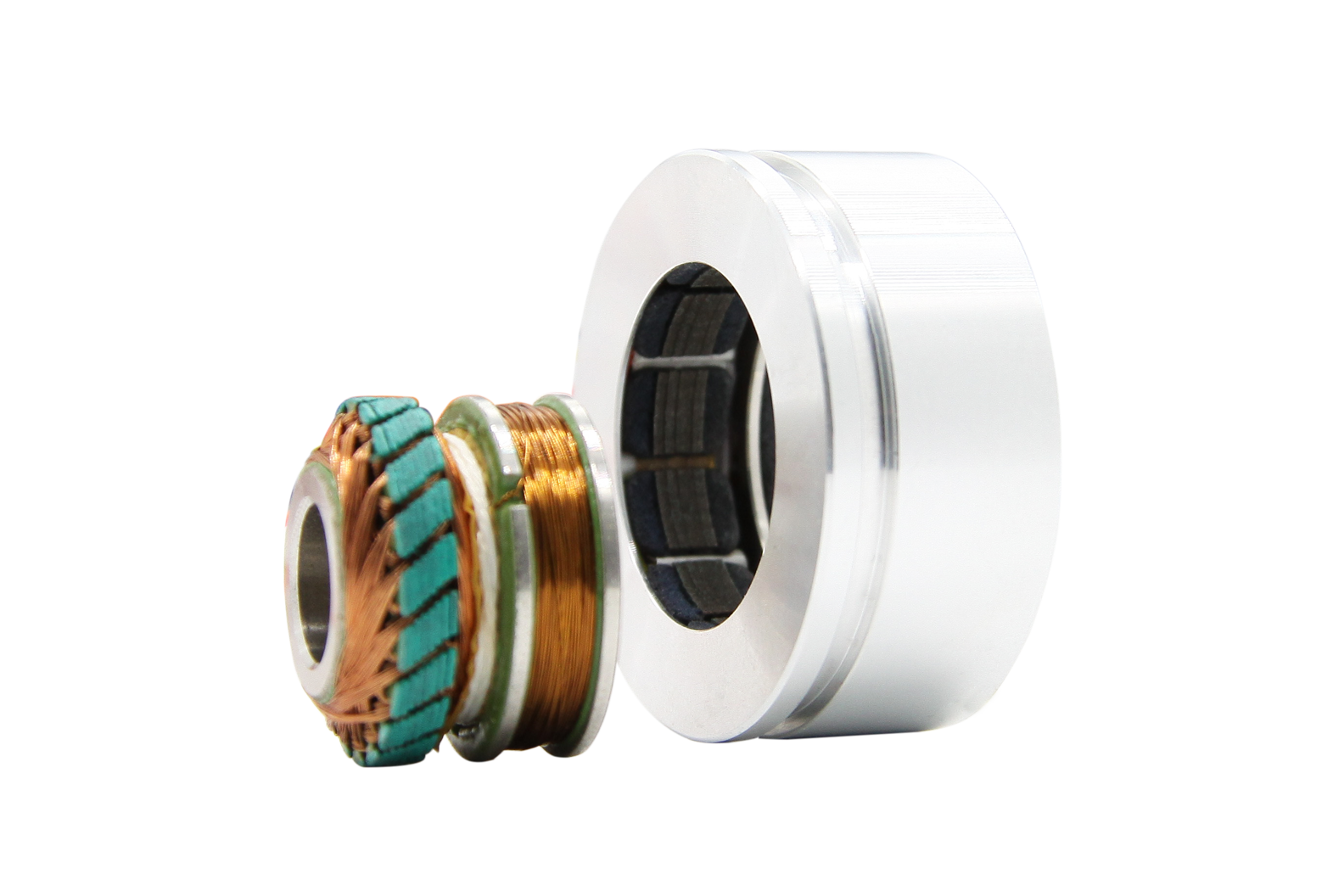The layoffs of the layoffs have once again pushed the chip giant Intel to the forefront. Recently, foreign media reported that Intel plans to shrink the wearable device business, and even withdraw from the field, and will significantly cut the NDG business unit covering the business.
Intel clearly denied the withdrawal from the wearable device field, but declined to comment on the rumors of personnel adjustment.
In the industry's view, Intel, the pioneer in the wearable device industry, is not doing well in this field. In addition to being constrained by the development of the wearable market in the primary stage, wearable devices were once regarded as an extension of mobile terminals such as smartphones, emphasizing the low power consumption of chip products, which is Intel's short board.
Under the current wave of mobile Internet, the ARM camp has absolute right to speak, and Intel seems to have no room for manoeuvre. It chooses to skip the current, directly on the next intersection layout, the Internet of Things, the data center as a fulcrum to incite the future.

Intel explicitly denies the withdrawal from the wearable market, emphasizing that the wearable market is the key layout direction for Intel's strategic investment organization Intel Capital. However, the rumors of layoffs are not commented.
In 2013, when wearable devices were not yet hot, Intel established the NDG division focused on this field in September of that year. In March 2014, Intel acquired the sports watch manufacturer Basis and integrated it into NDG, which is regarded by the industry as the key and symbol of Intel's entry into the wearable market. At the end of 2014, Intel signed a multi-year cooperation agreement with the well-known luxury eyewear brand LuxotTIcaGroup on smart glasses, which also played a role in Intel's entry into the consumer wearable market.
In addition to mergers and acquisitions, Intel Capital also took advantage of equity investments to capture the wearable market. Taking the Chinese market as an example, Intel Capital China Intelligent Equipment Innovation Fund and Intel Capital China Angel Fund, which have been established successively, all regard wearable devices as a key investment direction.
In the view of IT independent commentator Sun Yongjie, Intel has entered the wearable market earlier and has been moving, but its performance in this field is not good enough. IDC's global wearables data for the third quarter shows that Fitbit continues to lead the industry, and Intel still misses the top five. In June of this year, due to the risk of overheating, Intel recalled its wearable BasisPeak device, which is regarded as a major failure of Intel in the wearable market.
In this regard, Sun Yongjie pointed out that wearable devices represented by watches and bracelets are common to smartphones, and they emphasize the high performance, low power consumption, small size, and flexible design of the processor. This is not Intel's strengths. . Qualcomm CEO Steve Morenkov said earlier that "wearable devices are an important extension of smartphone technology."
This view was also endorsed by Sun Yanxi, the president of the First Mobile Research Institute. "On the comprehensive performance of wearable chips, Intel is difficult to Qualcomm; on the price, Intel is difficult to resist MediaTek, Ruixinwei and other Chinese army."
In addition, although the wearable market is growing steadily, it is still in its infancy. Yang Jianyong, the founder of Sensing Internet of Things, pointed out that the pain point of demand is difficult to reach, the endurance ability is insufficient, the data analysis ability is to be improved, and the homogenization is serious, which is a common problem in the wearable market.
In the face of the two difficulties facing Yokohama, Sun Yanxi pointed out that Intel has reduced the basic IoT business layout such as wearables, and cut costs while focusing resources on key areas.
Intel CEO Ke Zaiqi has previously stated that autonomous vehicles, industrial and retail industries will become the main driving force for the growth of Intel's IoT business. Yang Jianyong said that the above-mentioned field focuses on the chip's strong computing power over low-power consumption. Intel's round of adjustment is due to resource allocation and service transformation needs.
Jedi counterattack behind addition and subtractionIn fact, this is not the first time Intel has been a layoff. In April of this year, Intel announced plans to lay off 12,000 people. This is Intel's largest layoffs in recent years, accounting for about 11% of the total number of employees.
Behind the strong wrist is the urgent need for Intel's strategic transformation in the post-PC era. Intel’s current market value has fluctuated around $160 billion. Less than its peak market value of 50 is the key to Intel’s strategic transformation in the post-PC era. Intel’s current market value has fluctuated around $160 billion, less than one-third of its peak market value of $502 billion. In November 2012, when the mobile Internet wave was in full swing, Qualcomm's market value surpassed Intel for the first time. Ke Zaiqi once regarded the tablet as a counter-overall in the mobile market, but the effect was limited. According to ARM's latest road show document this year, its market share in mobile computing is as high as 85%. In May of this year, the cancellation of the Intel mobile chip's flagship product, the Broxton series processor products and some of the SOFIA series products, was seen as an important signal to re-shrink the mobile chip market. At that time, Ke Zaiqi clearly emphasized that it will promote Intel's transformation from PC to the leader of the smart Internet era. In short, instead of relying on PCs, mobile phones and other device-side products to achieve overall growth momentum, but hope to open up the entire terminal product line from wearable to data center.
Yang Jianyong said that the Internet economy is at the stage of PC and mobile Internet entering the intelligent Internet. The process of intelligent interconnection of all things involves deep interactions between people and things, things and things, but the core and foundation are processors with strong computing power. At present, the Intel X86 architecture processor continues to be a strong posture in the processor field. According to market research firm Mercury Research, Intel has a market share of 87.7% of all X86 architecture processors shipped worldwide in 2015.
"Intel's net profit of over 10 billion and the strong research background of global data center chip leaders not only have the realistic foundation of the whole industry chain layout, but also help Intel to form competitive barriers." Yang Jianyong pointed out that compared with the smart front of the layout In terms of terminal devices, the back-end data calculation, artificial intelligence, and in-depth analysis are more conducive to Intel's advantage of strong computing. Ke Zaiqi previously said, "Intel can release more value from the cloud and data center, and data analysis is the key."
In fact, since last year, Intel has been constantly moving in the back-end. First acquired the programmable processor chip maker Altera for $16.7 billion. This year, Intel has completed the acquisition of deep learning chip company Nervana and visual processing chip manufacturer Movidius, which refers to big data high-performance computing and artificial intelligence. "Data centers need chips with real-world sensing, storage, transmission, and in-depth analysis capabilities. Intel will add computing power to its own general-purpose chips by acquiring the target algorithm," said Sun Yongjie.
Intel, which regards the mobile Internet as a supplement to the PC Internet rather than an alternative technology, chooses to jump directly into the future of the Internet of Everything. In the eyes of the industry, it is helpless. But this does not mean that we can avoid competition.
At present, the industry generally believes that the advantages of graphics processing units (GPUs) in artificial intelligence and deep learning algorithms are much higher than those of central processing units (CPUs), which also leads to the state of GPU's NVIDIA and CPU-based Intel well water not being guilty of rivers. break in. And Nvidia dominates the GPU market with a market share of 70%, and frequently cooperates with IBM to develop artificial intelligence chips. Yang Jianyong said that it is not easy for Intel to easily invigorate NVIDIA in the chip market. At the same time, it does not rule out the shortcomings of ARM to make up the computing power, eroding Intel's site.
At the moment when the open ARM architecture masters the absolute voice of mobile intelligent hardware, Intel does not seem to have much choice. However, for the resolutely transforming Intel, the high-profile data center business has become the second largest revenue and is still growing steadily. In the fields of cloud computing, big data, and the Internet of Things, where technology giants are eagerly awaiting, Intel has not been absent, and is still leading. This aggressive attitude has also increased confidence and expectations. But the challenge before it is how to reinvent itself before the "wind" comes.
Resolver is a kind of commonly used angle detection component, because of its simple structure, reliable operation, and its accuracy can meet the general detection requirements

Resolver,Encoder Troubleshooting Resolver,Custom Resolver,Online Resolver
Yuheng Optics Co., Ltd.(Changchun) , https://www.yhencoder.com